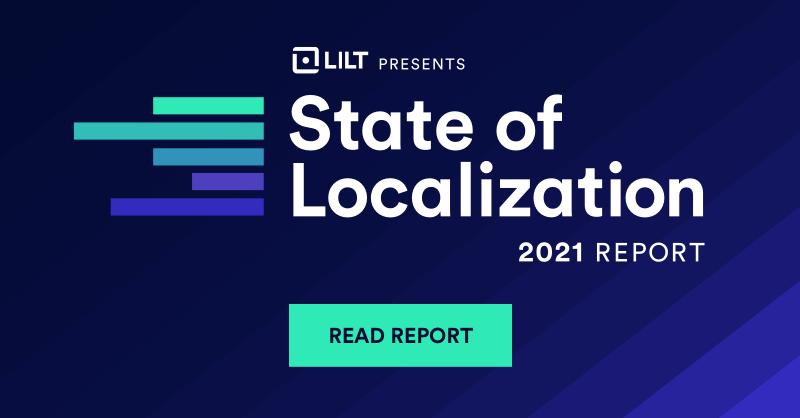Multilingual Asset Management: Providing Next-generation Localization Quality

|
Anyone who has spent time in the localization industry knows that for years, TMs have been one of the localization industry’s strongest assets, and also its weakest. TMs are intended to serve as a full-reuse reference as well as a linguist tool, allowing translators to use historical translations as a reference, quickly matching source segments for which a translation already exists, therefore expediting the translation process and contributing to consistency. Unfortunately, that same asset that has been built up over years can also be a deterrent to a higher-quality translation. While a TM creates a historical record, an organization’s preferences change. Newer terms and phrases come in and out of style, terminology preferences shift, and new company branding is implemented. When this happens, the value of a TM as an asset degrades, and begins to become a deterrent in the journey towards a better translation. Using antiquated TMs, a translation process can introduce the risk of leveraging segments with terms that are no longer preferred by the company. The antiquated segments and terms must then be updated by a reviewer, or worse still, slip through the cracks and go live with content, reducing the quality of the content with legacy segments and terms that are not consistent with a company’s current brand voice. Our customers have spent years building substantial TM assets in the quest to optimize their localization operations, maximize linguist productivity, and achieve the best quality content possible. Time and again, we saw our customers faced with the predicament of having built up extensive linguistic assets, yet having no good way to keep those assets up to date. While the industry has spent decades building out better and better translation management systems, a key component of maintaining high-quality translations has been somewhat neglected: the current quality of linguistic assets. To date, the industry has not found an optimal way to ensure the currency of linguistic assets; it’s a hard, manual venture that is costly and inefficient. Maintaining linguistic assets for companies can be a huge pain. It’s expensive, it takes a lot of time, and it requires substantial human labor. As a result, most companies cannot address it thoroughly, or simply don't do this at all. It’s like going to the dentist for a cavity - it’s painful and unpleasant, so people put it off as long as possible. Because maintaining terminology and TM consistency is so inefficient and ineffective, the industry has had to build out additional complexity and workflows that simply wouldn’t be necessary if enterprises had true high quality, well-maintained linguistic assets. Lilt’s approach allows a terminology-TM consistency check to be executed quickly and as part of a translation project workflow, so that informed decisions can be made about the impact of any terminology-TM inconsistencies. After the consistency is checked, any inconsistencies can be readily addressed all in the same platform (no more exporting TMs, manually sampling, performing a long and expensive cleanup...all while translation projects are due). At Lilt, our mission is to make the world's information accessible to everyone regardless of where they were born or which language they speak. In pursuit of this mission, we spend our time building technology to make human-powered language services better. We started with Lilt Translate, making the standard CAT tool faster, more intuitive, and AI-powered. This has resulted in our customers being able to translate significantly more content, at high quality, at flat to declining levels of funding. As linguistic asset management is a pressing problem for the industry, it’s moved up to next on our list! To continue ensuring that our customers receive the best quality possible, today we are pleased to announce that Lilt has released Multilingual Asset Management, its first in a series of quality controls that allow companies to ensure high quality linguistic assets that can be confidently used not only to support human translation, but also (and maybe more importantly) as training content for MT training. This new offering pairs the best of human capabilities and machine automation to deliver higher quality content. As the world’s modern language service and technology provider, we are deeply committed to helping our customers solve their most pressing localization problems with the assistance of technology. We can’t wait to see the impact that this new capability has for our customers, and we’re excited to say this is just the beginning as we use technology to innovate better localization solutions… stay tuned for more in the coming months! Kel Commins Head of Solutions at Lilt • • • For more information about what Lilt can do for your company, please visit www.lilt.com or reach out to contact@lilt.com. |
|
|
.png)

